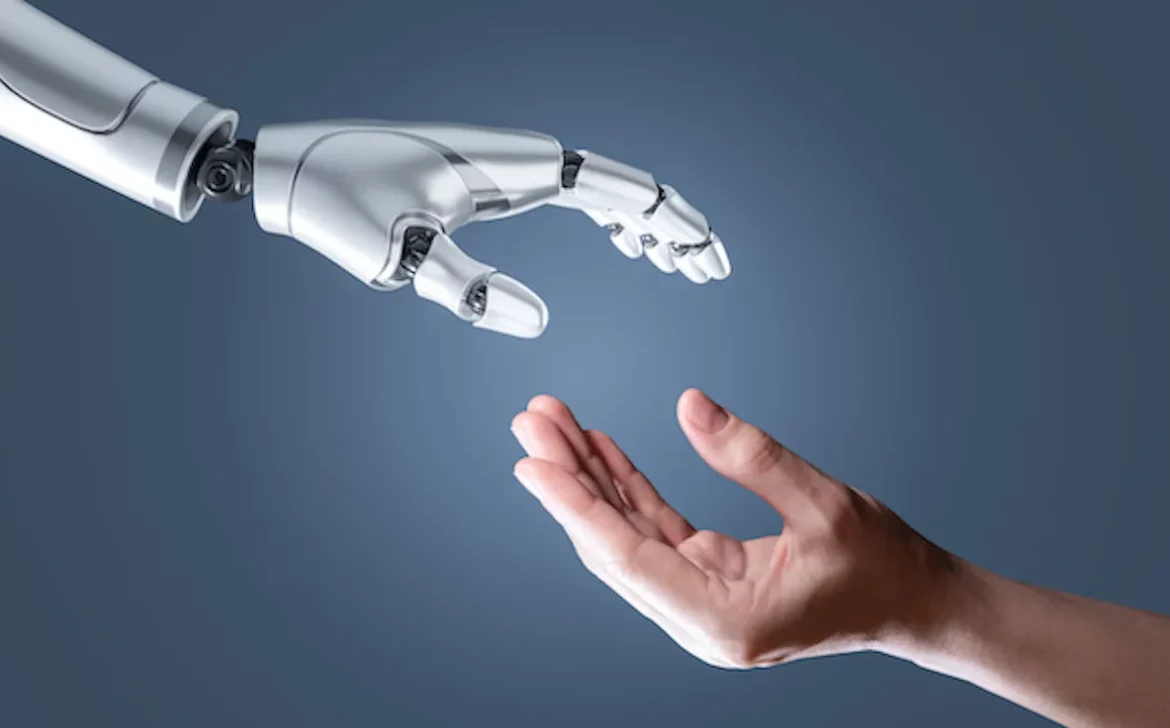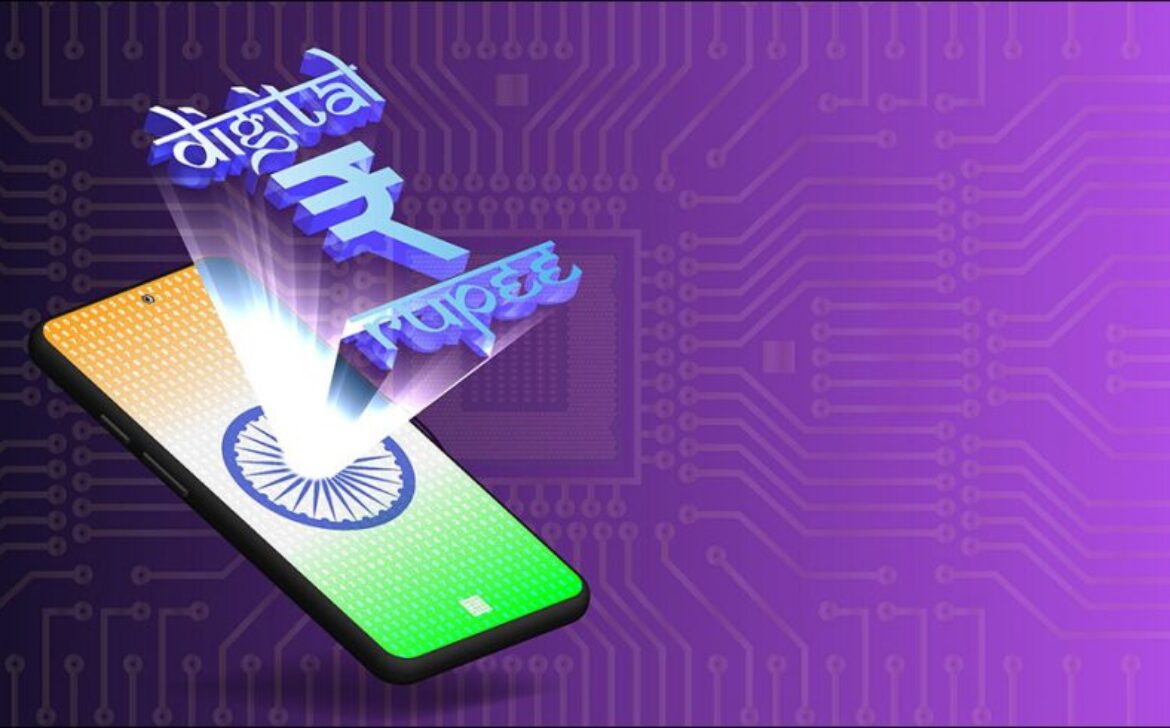Embracing the Era of Smarter Devices: Enhancing Everyday Life through Intelligent Technology

In a world driven by innovation, smarter devices are taking center stage, redefining the way we interact with technology. These intelligent marvels are designed to enhance our lives by seamlessly integrating into our routines and adapting to our needs. Let’s explore the incredible journey of smarter devices and their impact on our everyday experiences.
Defining Smarter Devices
Smarter devices, often referred to as “smart” devices, are products that incorporate advanced technologies such as sensors, connectivity, and automation to offer enhanced functionality and convenience. They leverage data, artificial intelligence, and connectivity to provide users with tailored experiences and improved efficiency.
Smart Homes and Connected Living
The concept of a smart home exemplifies the potential of smarter devices. From thermostats that learn your preferences to voice-activated assistants that control your lighting and security systems, smart homes offer a seamless and intuitive living environment. With the ability to control and monitor various aspects remotely, smart homes empower homeowners to save energy, enhance security, and enjoy unparalleled convenience.
Wearable Wonders and Personal Tech
Wearable devices have revolutionized personal technology, taking it beyond traditional gadgets. Fitness trackers, smartwatches, and health monitors seamlessly integrate into our lives, providing real-time insights into our health and activity levels. These wearable wonders empower us to lead healthier lives and stay connected on the go.
Automation and Efficiency
One of the defining features of smarter devices is automation. They can automate routine tasks, making life more efficient. For example, smart thermostats adjust temperatures based on your habits, and robotic vacuum cleaners clean your floors while you focus on other tasks. This level of automation not only saves time but also enhances overall comfort.
Data-Driven Personalization
Smarter devices excel at personalization. They learn from user interactions and adapt their functionality to suit individual preferences. This data-driven approach ensures that the devices evolve alongside our changing needs, delivering tailored experiences that cater to unique lifestyles.
Challenges and Considerations
As we embrace the era of smarter devices, it’s essential to address challenges such as data privacy and interoperability. Ensuring that devices communicate seamlessly and securely is crucial for a connected and safe ecosystem.
Future Possibilities
The future of smarter devices is brimming with possibilities. From smart cities that optimize urban living to healthcare innovations that improve patient outcomes, these devices will continue to shape how we live, work, and interact with technology.










